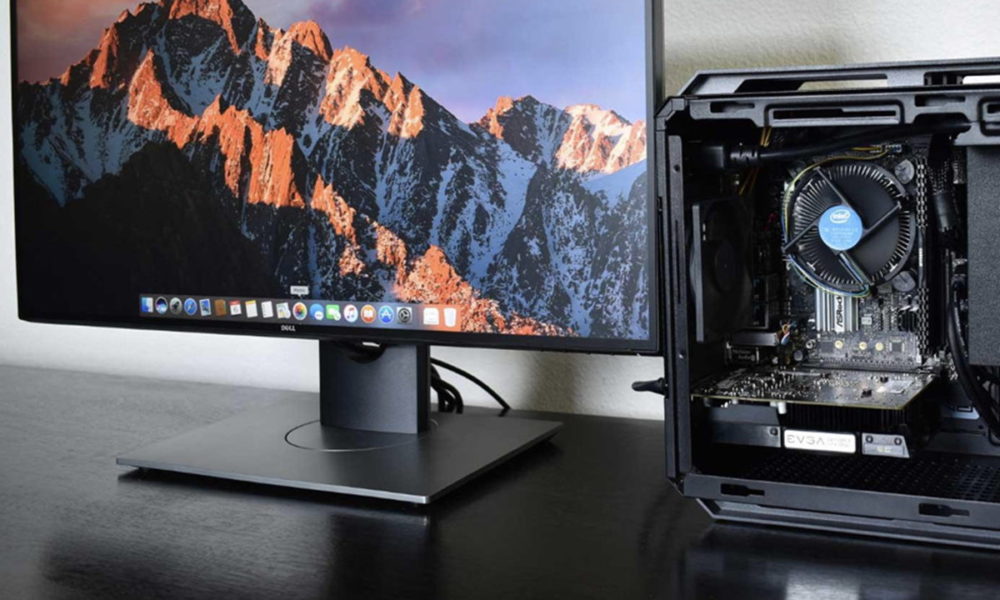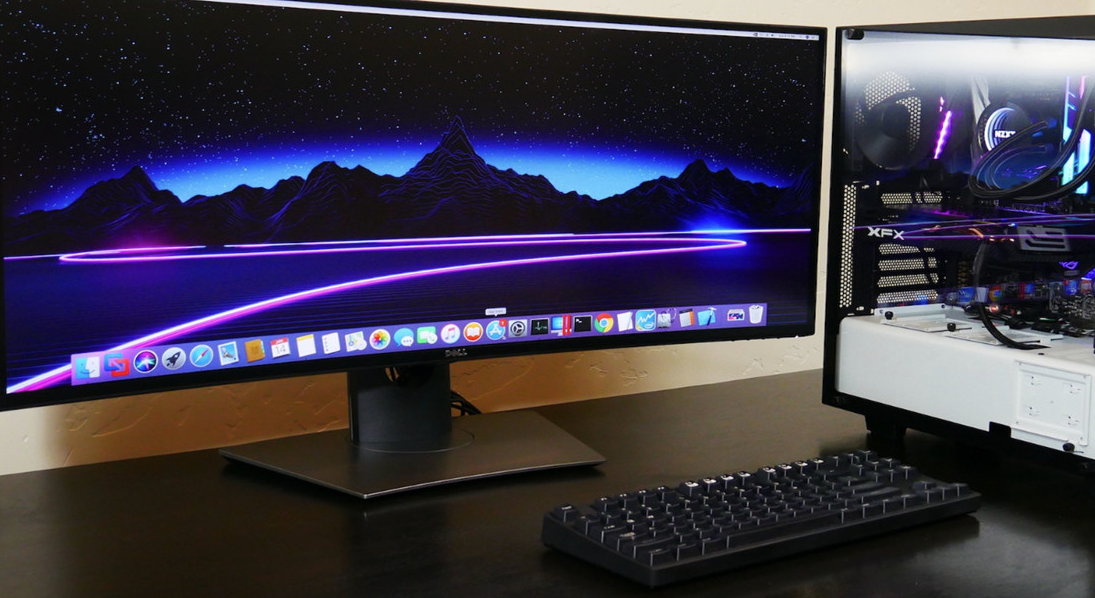
Hackingtosh lovers are not going through our best moment. The ‘silicon’ project initiated by Apple to replace the x86 architecture with its own ARM-based SoCs has complicated the possibilities of creating Mac clones. Interestingly, the exact opposite happened when Apple years ago abandoned the PowerPC platform in favor of Intel.
And is that the choice of hardware (mainly the processor, chipset and graphics) is key to building a PC that can run macOS with guarantees. As you may have read in some of our guides on Hackingtosh, the key to getting it right from the beginning is selecting the most compatible components. And they usually go through using the same ones that Apple chooses for their Macs. Thus, AMD processors (although they can work) will always do worse than Intel’s, while in dedicated graphics, AMD’s work, but NVIDIA’s are impossible to handle.
OpenCore: Hackingtosh under Alder Lake
What has been explained above does not mean that Mac clones cannot be created and that a enthusiastic and active community that favors it. Here we have to point to OpenCore, an open source development hosted on GitHub that happens to be the one that offers the most powerful bootloader that macOS can load on standard PC hardware.
Recently updated, version 0.7.7 improves its compatibility with the latest processors from Intel, Alder Lake, the developers also detailed their efforts to update OpenCore and its associated software to work with the Z690 chipset, the highest performance of the new platform. from Intel.
As we said, in Mac clones Intel hardware works best, simply because it is the one that Apple uses on its Macs and there are details of its kernel, drivers and others. At Hackingtosh, as we use an older hardware platform, we get better results. And pretty much the same with macOS versions. OpenCore’s job is to bridge any gaps between a PC and the actual Mac hardware so that macOS starts up and works properly.
The task is not simple
You have to read and boot the macOS file system; load kernel extensions to support additional hardware; tell the system how to handle components like audio outputs or USB ports and “spoof” the hardware to take advantage of built-in macOS support. There you can understand the difficulties to do it on a platform as novel as Alder Lake with which Apple is not going to work.
A simple example comes from trying to use Alder Lake’s new E-Cores. macOS does not know how to distribute the work between the different types of cores and produces general slowdowns when they are used. Nor can you use the technology «Thread Director»From Intel, which should be integrated into systems and does so in Windows 11 for the best performance.
Another example of the enormous difficulty comes from the graphic section. And the fact is that the integrated GPUs of the 11th and 12th generation Intel processors also do not work for Hackintosh because they were never compatible with real Macs. Taking into account that NVIDIA’s dedicated ones don’t work either, the only thing left is the possibility of using AMD, up to the Radeon RX 6900, 6800 and RX 6600 XT that work once Apple supports them in Mac Pro.
Nothing simple. Hackingtosh is not for the faint of heart or mind, much less with new hardware that has not been used or is not supported by Apple. The only perfect “Mac clones” are the Macs sold by Apple… For all these reasons, the ability of OpenCore and its developers to run macOS on all types of x86 hardware is a technical achievement worthy of applause. Hackingtosh is still alive despite difficulties. If you want to entertain yourself, grab one of our guides, select the most compatible hardware possible (best oldest) and for it.



